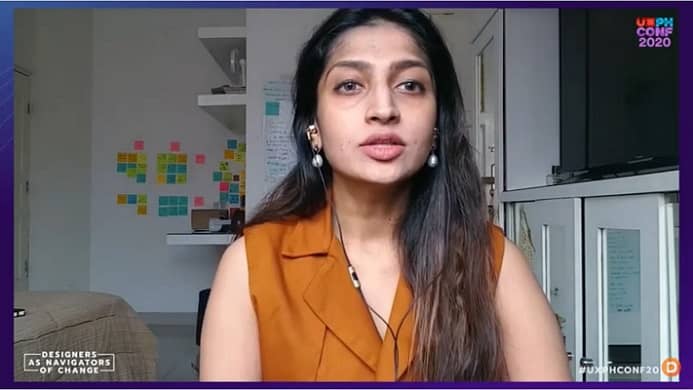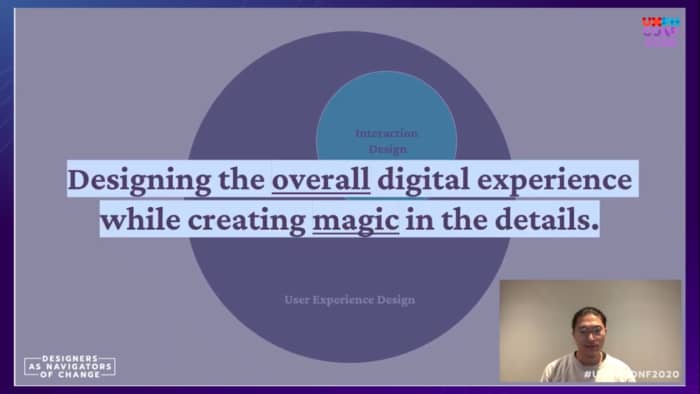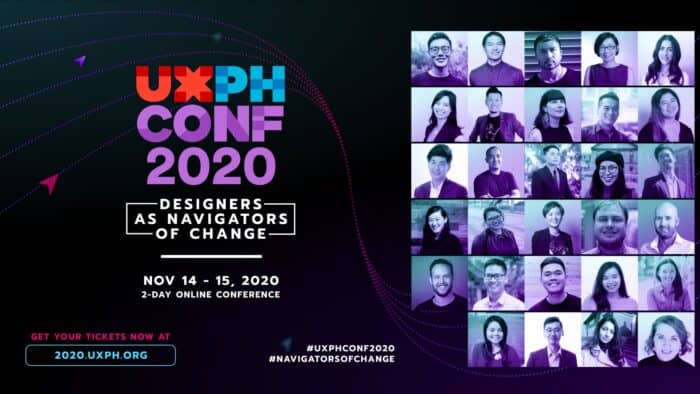Manila, Philippines – Expertise is the name of the game in the workplace, but even that carries a challenge – often you are thought to be limited to your specialization and miss the chance for your voice to be heard in other valuable areas of the company.
In the field of user experience, designers aren’t an exception who are often left from the business decision-making process, but a principal product designer from Indonesia e-commerce Tokopedia might just have the perfect answer.
In the recently held UXPH Conference for experience designers last November 14 to 15 in the Philippines, Tokopedia’s Sonya Seddarasan presented a framework that can help UX specialists gain ample background of a product’s marketability, and therefore, get their foot in the “business” door.

Seddarasan has been with Indonesia e-commerce since 2019 where she works with multidisciplinary teams of business, data analytics, engineering, and experience designing.
“[There’s] a lot of culture [where] [UX] designers are being [passed down] requirements, and our job is basically just to empathize with it, and then give [back the result] to [the] product [team]. So you are actually missing a lot of the background work that has to done,” she said.
In her talk Using Customer Value Proposition as Revenue Model, she explained the structure of how designers can identify a product’s best revenue model with customer value proposition as the entry point.
Also called a viability assessment, the framework consists of three building blocks: identifying a product or service’s top customer value proposition, coming up with user personas, and then matching the latter to the best revenue model for the business.

With four to six key people in the team, the assessment simply involves asking the right trigger questions, brainstorming a list of the answers, and rearranging them based on priority.
With the existing product or solution as the baseline, Seddarasan said to ask three key trigger questions to name the top values it offers the user: what value does the solution offer, why should customers use the solution, and what problem is being solved for them.

With three priority values named, the target users are then identified. Seddarasan said to differentiate them based on four different tiers: their job, their age, their needs, and their behavior.

Similarly with a number of three user groups to focus on, the best revenue model – from pey per use, bundling, or subscription, among others – is matched to each persona. For the final step, Seddarasan said such questions must be asked: how much is the customer in a certain group willing to pay, in what medium are they likely to pay, and where can they find such medium.

In the UXPH session, Seddarasan said by applying such framework, designers won’t need to clamor for validation from stakeholders, whereas an intelligently informed business suggestion would naturally emerge via following the steps.
Seddarasan, having been in the design industry – with experience ranging from graphic and product design to UX – for more than ten years, is no stranger to receiving prejudice from other functional teams in the workplace.
“At the end of the day, you’ll meet different people anywhere, whether they’re accommodating or [not], but everyone has got the same basic behavior. If they know that you actually add up to [the company], no matter how small it is, as long as you know how to speak to them and how to negotiate your way around it, I think everything is workable.”
But despite workplace differences, Seddarasan said pushing for the immersion in business strategy is well worth the effort, for business knowledge could make or break designers’ longevity in the industry.
“UX strategy will be something that is an [asset] for us designers to be able to have a chair, to have a seat in the middle of business environment.”
MARKETECH APAC is an official media partner at the UXPH Conference 2020: Designers as Navigators of Change, which was held from November 14 to 15, 2020.















